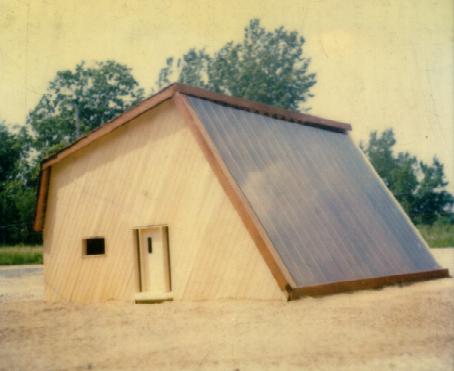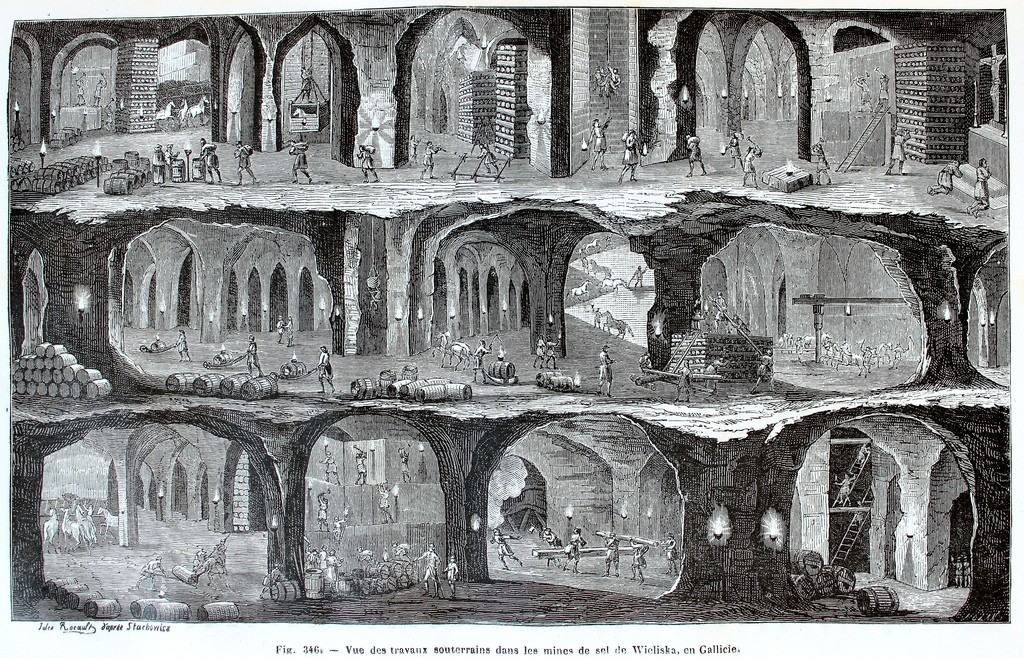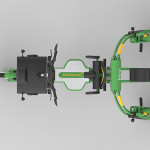“Access to 2 gigabytes of information about sustainable and resilient living that meets the challenges of peak energy, climate instability, economic irrationality, toxic politics, war and violence.”
Compendium of useful information – version 1.0, september 3, 2010. The page reminds a lot of the 13 gigabyte database set up by Alex Weir (previously: How to make everything yourself – online low-tech resources), and from a quick overview I learn that many of the same sources are listed.
However, the list is better organised and also seems to contain quite a few DIY-resources which I did not see before.
Related: the recent launches of the Green Wizard Forums and the UNESCO Traditional Knowledge Base. Picture: totally solar heated house.








